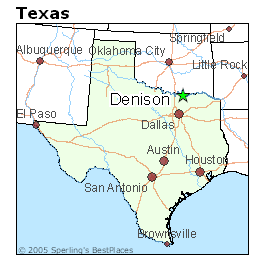In the early 1860s, a group of winemakers from southern France US United States France
 |
| http://www.pouilly-fume.com/ Root Destroying Phylloxera |
 Roughly 20 years later (in the 1880s), a horticulturalist named Thomas Munson in Denison, Texas (previously educated in agricultural sciences at what would become the University of Kentucky) developed rootstocks that resisted phylloxera and adapted well to a variety of different soils that could be grafted onto with wine grape cuttings. By the late 1880s, thousands of bundles of
Roughly 20 years later (in the 1880s), a horticulturalist named Thomas Munson in Denison, Texas (previously educated in agricultural sciences at what would become the University of Kentucky) developed rootstocks that resisted phylloxera and adapted well to a variety of different soils that could be grafted onto with wine grape cuttings. By the late 1880s, thousands of bundles of So does that mean that nearly all of the wine grape vines in the world are partially rooted here in TEXAS
No comments:
Post a Comment